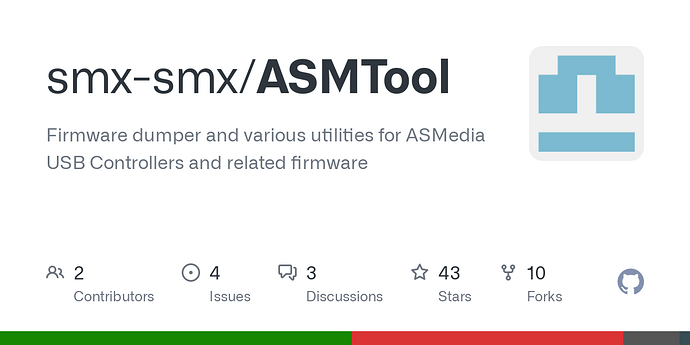My mind goes to a non-Qubes solution, to wonder how that solution might apply to Qubes.
Puppy Linux tries to load the entire OS into main memory. For a problem like this, one would start up Puppy Linux for just using one USB key, and immediately shut it down Puppy after using it.
Leaving me with the thoughts of whether the USB Controller has some kind of malware debris left?
Or whether main memory has some kind of debris left in it?
Plus whether, if I boot Puppy Linux from a USB key, that boot Key might have been infected by the USB from the key that might have malware on it.
I am not an expert on how the USB malware is passed around. Or when the USB controller is re-loaded with an honest copy of USB firmware. I would guess on booting the Operating System.
Some of the folks on the Puppy Forum had suggested that the most secure form of Puppy Linux, was to use a re-writeable optical Disk. In an application such as working with a USB suspected of having Malware, (perhaps they all should be) I think an boot from optical disk would be best.
Tails Linux, booted from an optical disk might be a better solution. I think part of the Tails goals was to wipe RAM after use. Guessing all the stuff that might in a cache somewhere, or residing on the Bus. Hmm. My lack of knowledge of hardware can’t answer the point.
I think sometimes of obtaining the IBM desktop that is of the same as the Lenovo X-230, as it does not use a USB Mouse, or USB Keyboard. In this case, I would have to be sure the firmware that goes to the optical drive has not been corrupted. If the thing would function without a hard drive, disconnect the hard drive.
Perhaps try to copy the information I want from the suspect USB to a less corruptible area. Used to be possible to boot a Puppy ISO from CD. Remove the Puppy CD, and use the Optical Drive again. Suggesting the possibility of copying the Suspect USB to a blank Optical Disk, which removes only part of the problem, but makes it more secure to use the suspicious Optical Disk with Qubes, with some carefulness.
Is there a way to write over all of RAM that a Qube is going to use - As the Qube is starting. Is it possible to write over the RAM from a Qube, as it is shutting down. What about the information that is being exchanged to Dom0? Overactive imagination. What about a selection to overwrite all of RAM on Shut Down/Power Off.
I don’t have solution. Just more questions, that I felt others might find interesting.



